The natural home of the Texas cichlid is the lower Rio Grande Drainage in Texas and northeast Mexico, where it is a popular game fish It can be found not only in the main river but also in smaller streams and pools, and is commonly referred to as the Rio Grande perch It is known as mojarra del norte (northern mojarra) south of the river Rio Grande Cichlid When one visits a zoo, nature center, or even the local Walmart, one of the main attractions of young and old alike is the The Rio Grande cichlid was once found only in waterways in northern Mexico and southern Texas Popular among aquarium hobbyists thanks to its iridescent blue and green markings, adult cichlids typically grow 6 or 8 inches long but can reach a foot
2
Rio grande cichlid range map
Rio grande cichlid range map-These highquality, 5 panel hats with a snap closure feature an embroidered patch of the Rio Grande Cichlid flag with a black underbill toCaught and released But curious How much do people pay for these things?




Rio Grande Cichlid Cichlids Tropical Fish Colorful Animals
The Rio Grande cichlid, a highly invasive species of fish, is taking over Lately, whenever Danny Malone of Mandeville goes fishing in the park, he's been catching a lot of cichlidsThe Green Texas Cichlid are known to be one of the toughest Cichlids They are native to Rio Grande, Texas and Northern Mexico They are pearlygreen in color and have an omnivore diet, which includes, prepared/frozen foods of freezedried bloodworms, tubifex, ocean plankton, flake foods, and Cichlid pellets Rio Grande Perch category born out of Hurricane Katrina Locals call this species 'Rio Grande perch," but the fish is in the cichlid family and the nonnative, invasive species has found a home in
If you watch my content often, you know I'm a fan of smaller fish, I get HYPED on small species just as much as a big old bass These Texas Cichlids are notRio Grande Cichlid Posted by slauger Posted in Uncategorized Search forJaws about equal or upper projecting;
bankeralways fishing Super FreakImagery Orthoimagery close up of Maryland State House, Annapolis, Maryland (Public domain) Orthoimagery data typically are high resolution aerial images that combine the visual attributes of an aerial photograph with the spatial accuracy and reliability of a planimetric map USGS digital orthoimage resolution may vary from 6 inches to 1 meterTexas Cichlid (Rio Grande Cichlid) – Care, Size, Breeding, Tank Mates & Details!




File Herichthys Cyanoguttatus Rio Grande Cichlid Ii Jpg Wikimedia Commons




Fish Spotlight Rio Grande Cichlid
It has been a excellent year so far Plenty of BIG sunfish and BIG Rios are being caught Myself,RickCatyakker,and Steve have been fishing a lot of South Central Texas creeks The bites have been On Fire! Texas Freshwater Fly Fishing (TFFF) covers everything freshwater fly fishing in Texas and more Fish species, fly tying and choice, and more!Rio Grande Cichlid Herichthys cyanoguttatus Baird & Girard 1854 collect overview;For more information, visit wwweddmapsorg Invasive Listing Sources No reference that we have lists this species as invasive in North AmericaThe Rio Grande or Texas cichlid Herichthys cyanoguttatus is a popular ornamental freshwater fish that has been introduced to a number of US states Its wide environmental tolerances, ability to colonize disturbed habitats, trophic opportunism, fast growth rates and advanced parental care of offspring have enabled it to establish oustide its native range
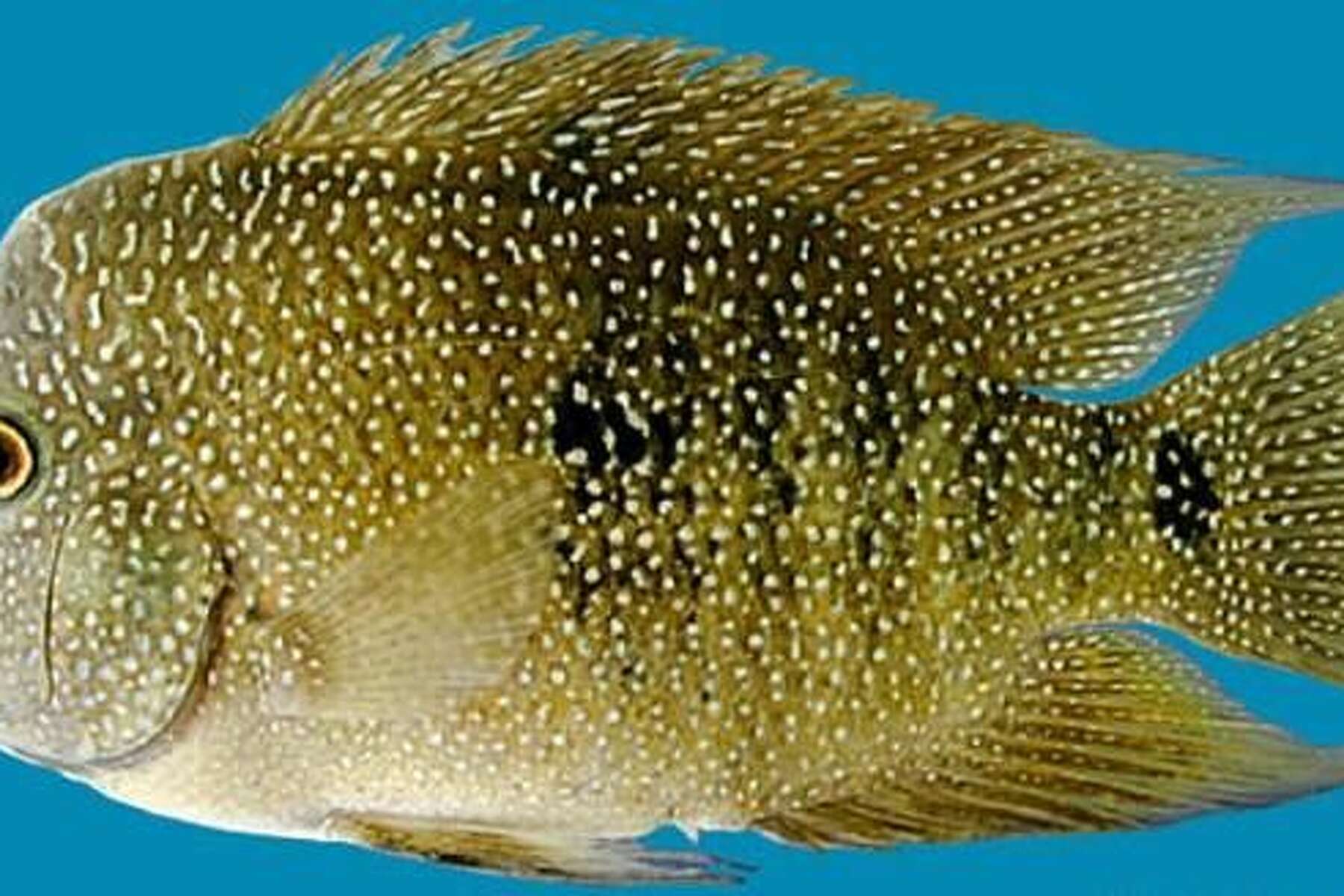



Wild About Texas Rio Grande Cichlid



Rio Grande Cichlid Save Buffalo Bayou
The Texas Cichlid Herichthys cyanoguttatus (previously Cichlasoma cyanoguttatum) is the northern most occurring cichlid and the only cichlid native to waters of the United StatesIt is naturally found in the waters of southern Texas ( namely the Rio Grande) and northern Mexico Though most commonly known as the Texas Cichlid, this fish is also named after its most famous river ofRio Grande cichlid, Texas cichlid Body oval, moderately compressed;Rio Grande Cichlids —Waters of the Hill Country are home to this frisky little fish The Rio rivals the sunfish in beauty with its dark black/olive background and electric blue spots The male has a pronounced hump on his head that is undeniable when caught The monogamous pairs are often seen skittishly protecting their nests in gravel bottoms




7 8 13 Texas Cichlid Aka Rio Grande Cichlid From Ron S Freshwater Fishes Of North America Ron S Critter Of The Day
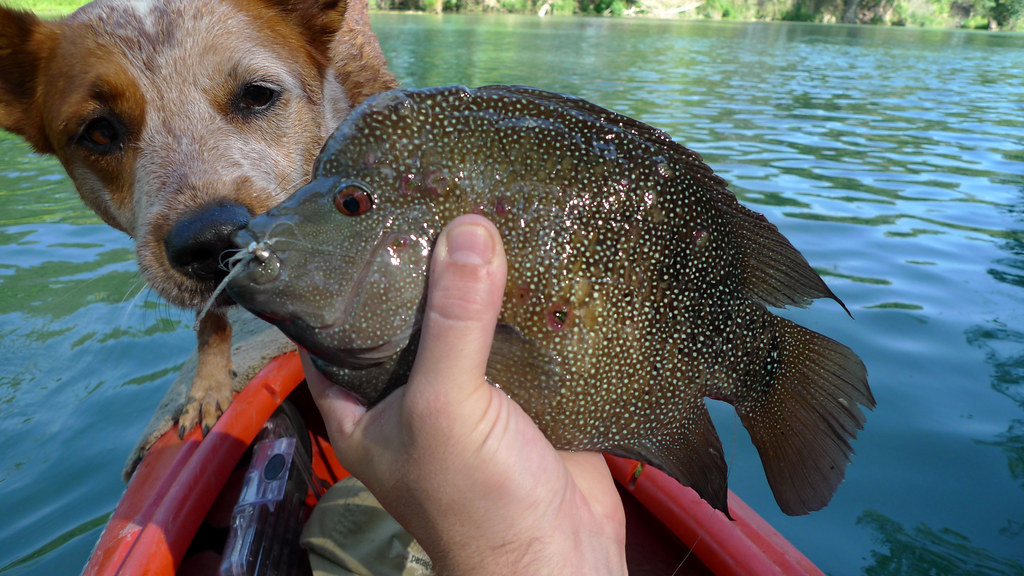



Rio Grande Cichlid I Didn T Know What This Thing Was When Flickr
The Texas Cichlid, also known as the Rio Grande Perch and the Rio Grande Cichlid, is an iridescent golden color with pearl highlights and white dots on its body and fins There are several small black spots at the base of the caudal fin and along the middle, rear half of the bodyRio Grande Cichlid are North America's only native cichlid They are originally from the lower reaches of the Rio Grande drainage, but have since been introduced to different waters around the state (To read more about this, check out Fish Spotlight Rio Grande Cichlid )The Rio Grande Cichlid is the only cichlid species native to the United States Its native distribution is limited to the southernmost drainages in Texas (Fuller et al, 1999) The first specimen was found in southeastern Louisiana in 1996 The species has become progressively more common in the waters in and around New Orleans (Lorenz 08)




Sabinal River Rio Grande Cichlid Youtube



Rio Grande Cichlid Herichthys Cyanoguttatus
The Rio Grande Cichlid, discovered in Lake Pontchartrain and canals in the New Orleans area in the 1990s, may pose a threat to native fish through competition for resources and by the parasites that it harbors Photo USGS, Nonindigenous Aquatic Species Futher Reading USGS, Nonindigenous Aquatic SpeciesTop jaw highly protrusible;We have been catching good numbers of Rios,Bluegill,Redear,and b




Rio Grande Cichlid Cichlids Tropical Fish Colorful Animals
/catches/982bb31b077d32de30827ca6559f8b55/original?1633906788)



Fishing For Rio Grande Cichlid Near You Fishbrain
Rios are some incredible fish in the great state of Texas These little fish can be tough to catch, and are as beautiful as they are grumpy!Rio Grande cichlid Type Locality Rio Grande, Brownsville, Texas (Baird and Girard 1854) Etymology/Derivation of Scientific Name Cichlasoma, Greek for "body of a wrasse," a similar type of fish;Since about 1995, the Rio Grande cichlid is becoming more common in the waters in and around New Orleans Known as the Texas Blue in the aquarium trade, this fish breeds readily in aquaria, and a number of folks have admitted to dumping excess fish into the canals




New Orleans Fly Fishers Rio Rodeo



Sheepshead Minnow
Pearlscale Cichlid It measures about 17 centimetres (7 inches) in length The Pearlscale Cichlid is native to Mexico It prefers lagoons It is territorial and chases away other cichlids from its territory It is an omnivore, feeding on shrimp, small fish, worms, insects, and vegetation The female Pearlscale Cichlid lays eggs on a smoothCyanoguttatum Greek for "bluespotted" (Tomelleri and Eberle 1990) Synonymy The Rio Grande Perch is a member of the Cichlid family of fishes It's native to south Texas and northeast Mexico, making it America's only native cichlid It's also referred to as the Texas Cichlid Their colors vary slightly, from a grayish barred pattern to a dark bluish tone, all sprinkled heavily with electricblue dots
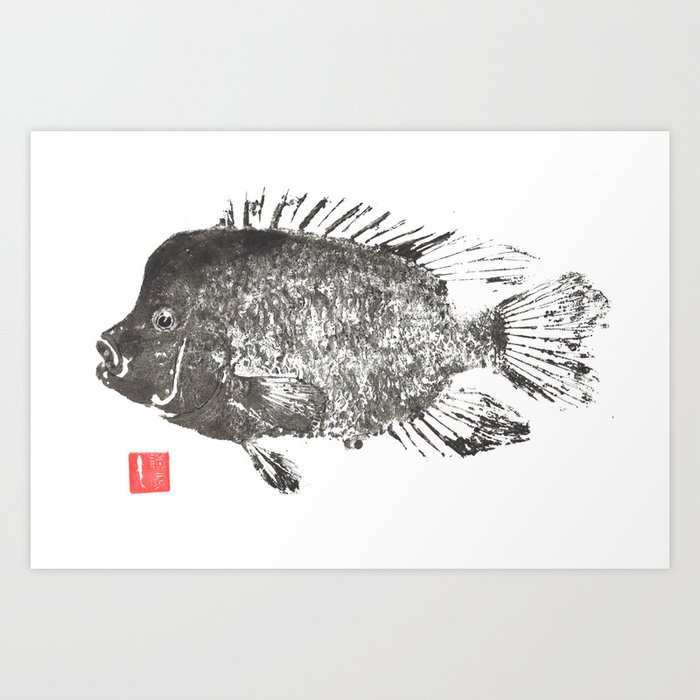



Rio Grande Cichlid Bw Art Print By Tim Nickels Society6



2
William Smith 1 Comment Texas Cichlid (Herichthys Cyanoguttatus) also known as the Rio Grande Cichlid is an aggressive freshwater fish native to the USA found mostly in the rivers of Texas (commonly in the Rio Grande) and northern Mexico Rio Grande cichlids are an invasive species that has spread throughout the metropolitan New Orleans area Found in fresh and brackish areas, they are becoming a more common catch by anglersMouth short, oblique, horizontal or slightly down pointing;




New Orleans Fly Fishers Rio Rodeo
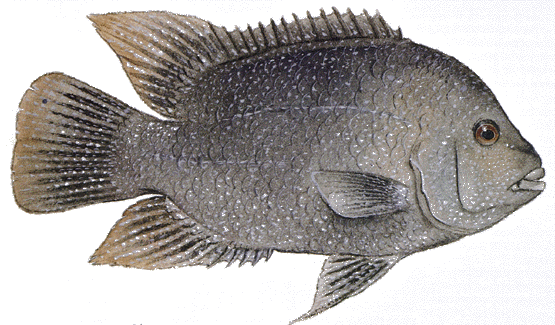



Rio Grande Cichlid Herichthys Cyanoguttatus
(Last Updated On ) Texas Cichlid, scientific name Herichthys Cyanoguttatus also called the Rio Grande Cichlid is an aggressive freshwater fish native to the USA discovered largely within the rivers of Texas (generally within the Rio Grande) and northern Mexico Texas Cicid Profile In this article, I am going to talk about Texas Cichlid size, for sale,Rex's personal best Texas sized Rio Grande Cichlid The San Marcos River is one of my summer time favorites When the air temperature is in the 100s, the spring fed river makes for a great place for a swim Also, the banks are linked with shade providing trees, which does allow for numerous breaks from the sunRio Grande River with its type locality being Brownsville, Texas, at the mouth of the Rio Grande River (Baird and Girard 1854) The genus for this species has gone through considerable taxonomic revision The group Herichthys was originally described as cichlids "with a compressed body, subelliptical outline,




Adw Bilateria Pictures
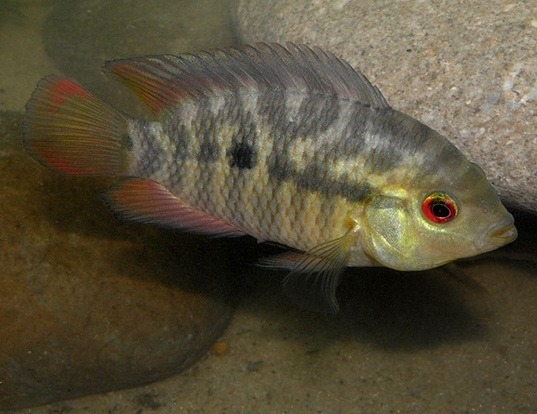



Rio Grande Cichlid Life Expectancy
Large fish with a bulbous hump over the eyes;The Rio Grande cichlid (Herichthys cyanoguttatus) has been established in the Greater New Orleans Metropolitan Area (GNOMA) for at least years It is often the most common fish species in urban canals and has also been found in natural waterways outside of the GNOMA The effects and potential for further spread of H cyanoguttatus is uncertainThe Rio Grande Cichlid are the only native member of the cichlid family to Texas (or America for that matter) They are native only to the lower stretches of the Rio Grande River system and possibly also the Nueces River



Guadalupe Bass
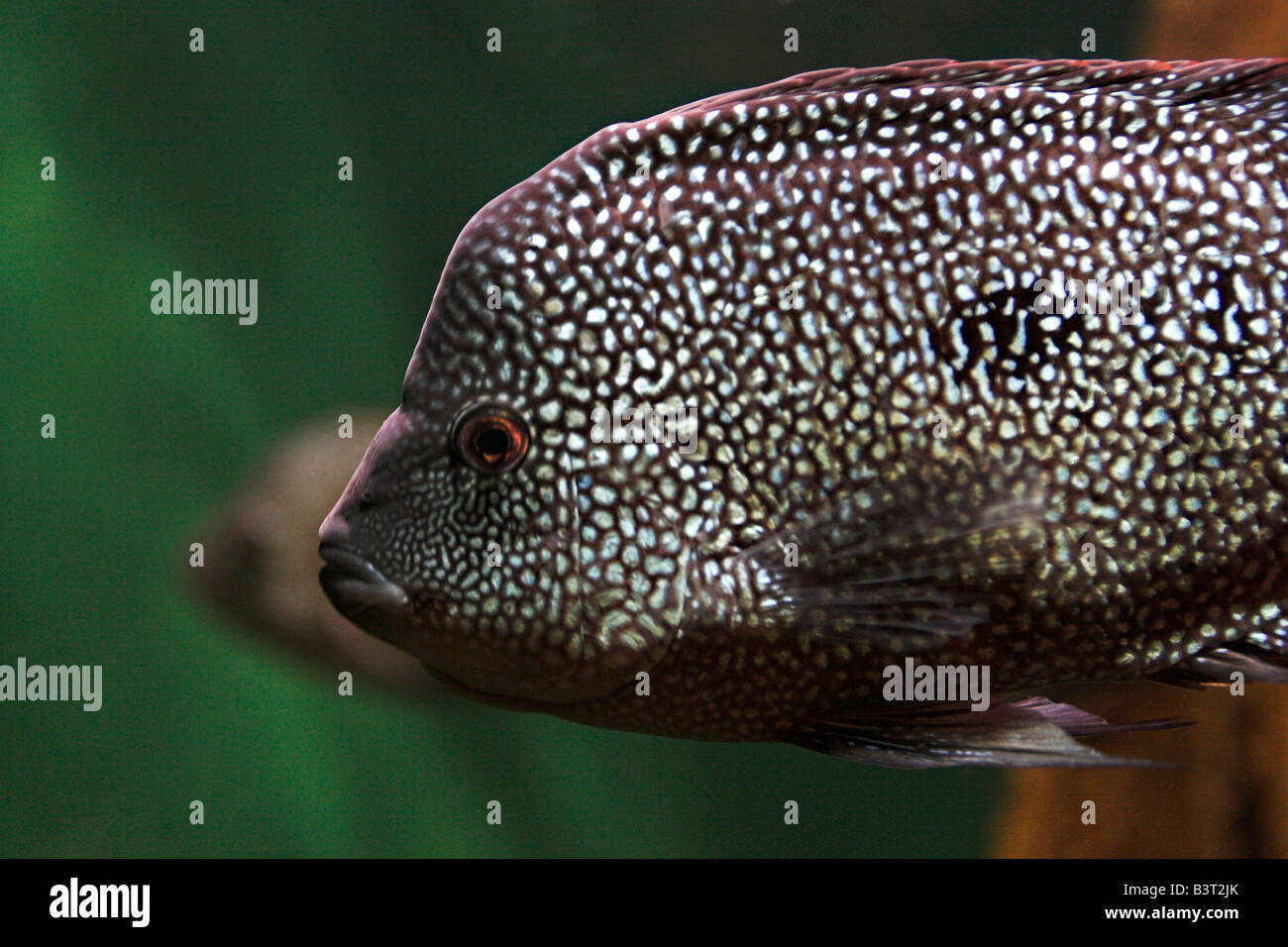



Rio Grande Cichlid High Resolution Stock Photography And Images Alamy
Rio Grande cichlid are distinctive in that they exhibit cream and turquoise colored spots, giving them a speckled look Background color varies from very dark to light olive Lighter colored specimens usually exhibit five dark vertical bars Both dorsal and anal fins are long and tapered extending behind the caudal peduncle (fleshy portion of The Rio Grande cichlid is generally considered a warmwater fish and is very sensitive to cold In general, this fish does not survive at water temperatures below 49°Fahrenheit (Texas Parks and Wildlife 19) This species is also tolerant of brackish conditions to a max of 275 psu (Lornez et al 16) In Search of the Rio Grande Cichlid at 214 pm brownwoodnewsstaff Texas Backroads Angler For quite some time now I have been trying to catch a fish called the Rio Grande Cichlid This fish is quite small, as the state record weight is 2 lbs However, they are quite a feisty and aggressive fish, which makes them a blast




Texas Cichlid Care Tank Mates Breeding Size Temperature Seafish




Texas Cichlid Cichlids African Cichlids Fish Breeding
1 pair of nostrils;Fly fishing for Rio Grande Cichlids AKA Texas Cichlids on the Gila River in Phoenix, Arizona They were taking mostly green prince nymphs, but caught a few oJaw teeth mostly conical, but central teeth of outer series compressed and spatula



Education
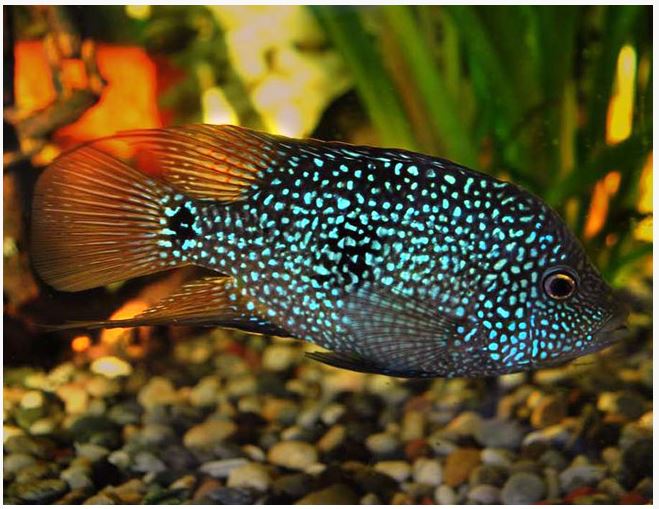



Green Texas Cichlid Rio Grande Cichlid Arizona Aquatic Gardens
The Rio Grande cichlid is a native member of the Cichlid family of fishes, which also includes the exotic tilapia The word cyanoguttatus is Greek and means "blue spotted" Rio Grande cichlid are distinctive in that they exhibit cream and turquoise colored spots, giving them a speckled lookThe Rio Grande cichlid (Herichthys cyanoguttatus) is a nonnative fish that has become established in the greater New Orleans metropolitan area We conducted laboratory experiments to determine if H cyanoguttatus growth was impacted either by salinity or the presence of bluegill (Lepomis macrochirus), a native fish There was no Rio Grande cichlid are distinctive in that they exhibit cream and turquoise colored spots, giving them a speckled look Background color varies from very dark to light olive Lighter colored specimens usually exhibit five dark vertical bars




Texas Cichlid Care And Species Profile Aquarium Setup And Tank Mates
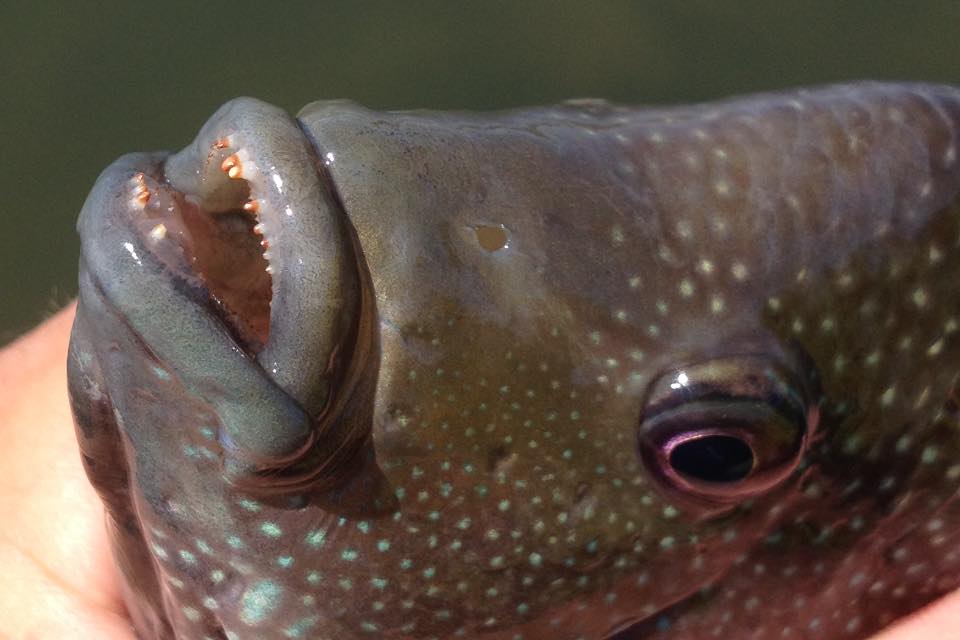



Rio Grande Cichlid Www Roughfish Com
Rio Grande Cichlid Cichlasoma cyanoguttatum Early 1940's Possible aquaculture escape Established Jaguar Guapote Cichlasoma managuense 1992 Aquarium release and/or aquaculture escape Established Firemouth Cichlid Cichlasoma meeki Early 1960's Aquarium release and/or aquaculture escape Formerly reproducing Convict Cichlid Cichlasoma nigrofasciatum EarlyIdentification Close 99 Posted by 1 year ago Archived Rio grande 2 Share Report Save r/Cichlid This is a place for information, ideas, pictures, bragging Come one come all cichlid lovers Whether you're an South American, African or Dewey's 2pound, 111inch Rio Grande cichlid, which he caught in Lake Dunlap near New Braunfels in Sept 11, was certified by the International Game Fish Association this week as



Rio Grande Cichlid Fishing
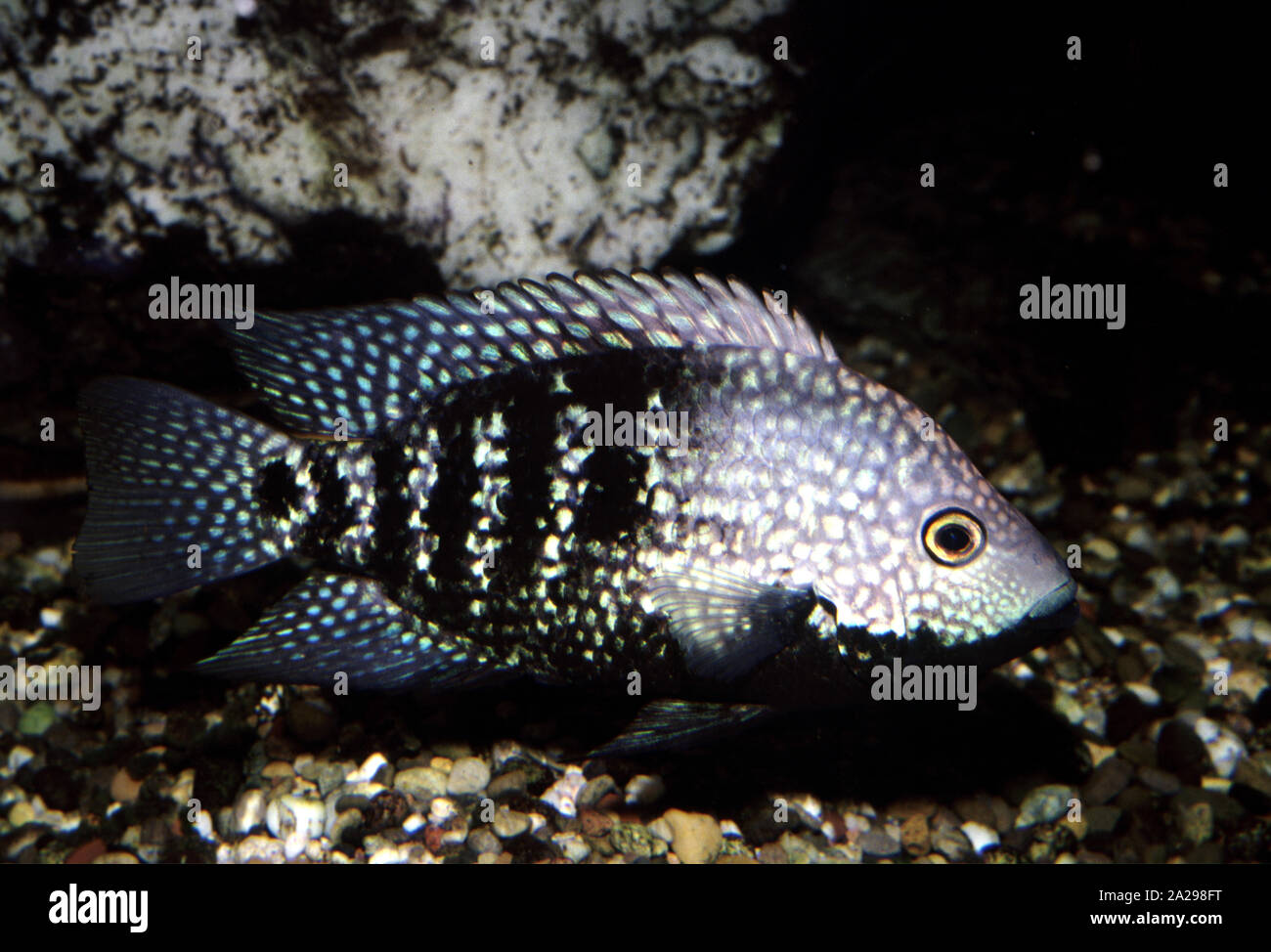



Rio Grande Cichlid High Resolution Stock Photography And Images Alamy
The Rio Grande Cichlid, sometimes called the Texas Cichlid, is the only member of the Cichlid family native to Texas, and the United States Their native range includes most of the Rio Grande drainage and south into northeastern Mexico, but they have been introduced throughout Texas, where they are wellestablished in the Edwards Plateau and coastal drainagesCentral America and Mexico have about 1 species, as far north as the Rio Grande in southern Texas Cichlids are particularly well known for having evolved rapidly into a large number of closely related but morphologically diverse species within large lakes, particularly Tanganyika, Victoria, Malawi, and Edward Cichlids make up one of the most diverse fish groups on the planet Scientists estimate between different species exist (crazy, right?), though only around 1800 currently have descriptions They hail from Africa, South and Central America, and even Asia Cichlids are "secondary freshwater" fish This means they evolved from marine fish such as
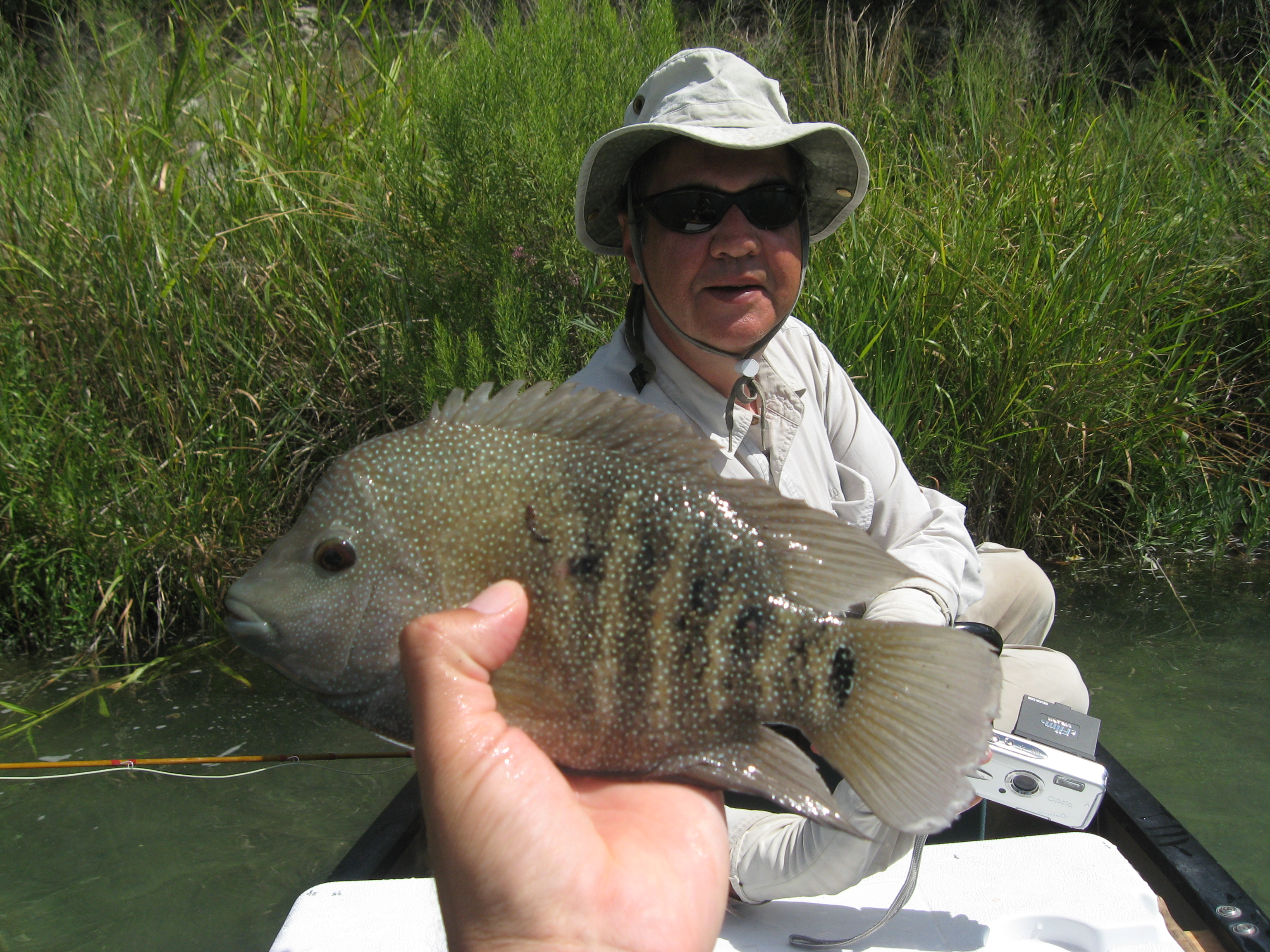



August 08 Texas Light Tackle Adventures
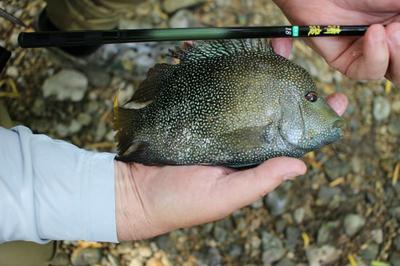



Rio Grande Perch Texas Cichlid A Warm Water Tenkara Challenge
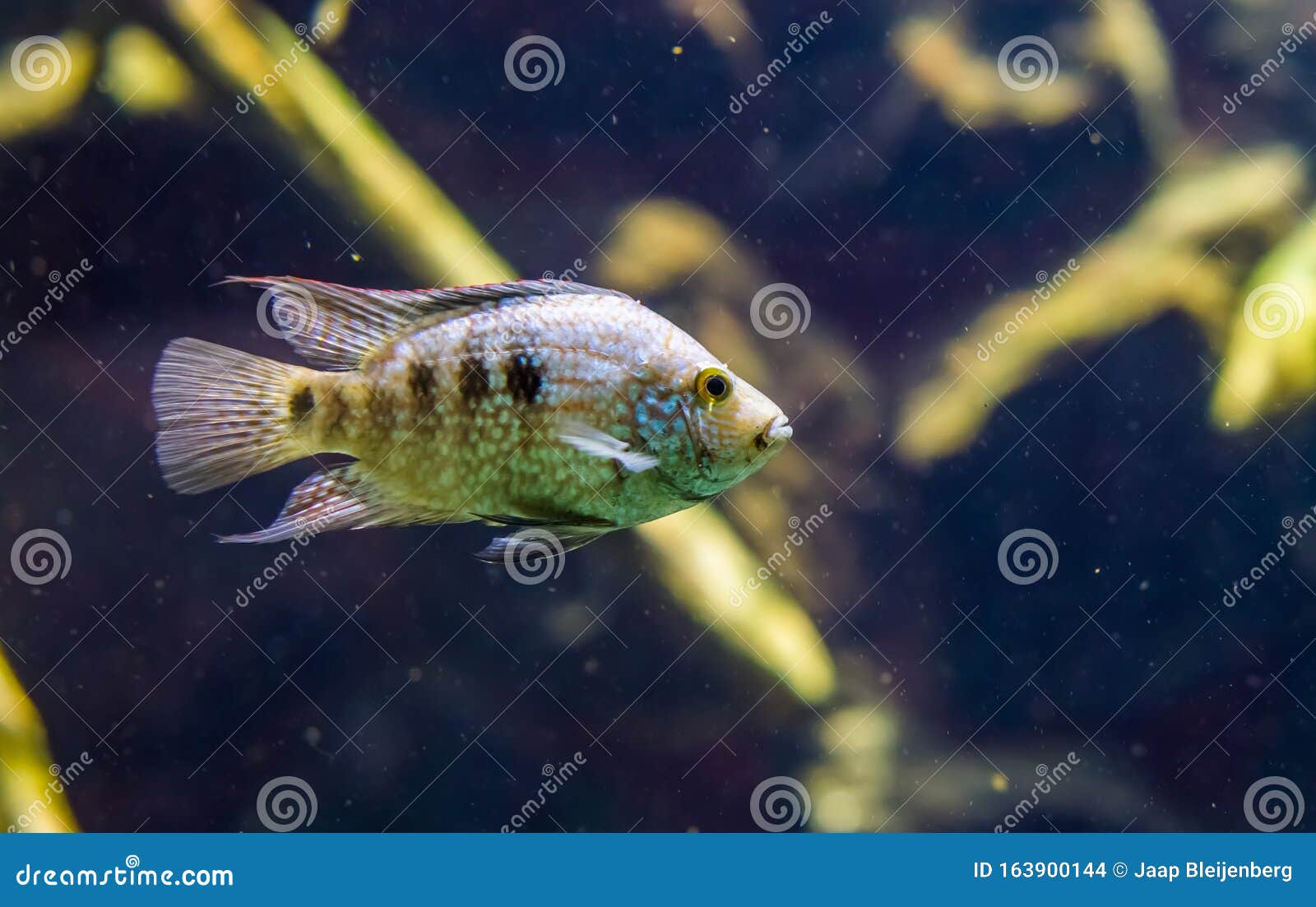



Closeup Of A Texas Cichlid Rio Grande Perch Tropical Pearl Colored Fish Exotic Specie From The Rio Grande River Of Texas Stock Photo Image Of Mexico Face
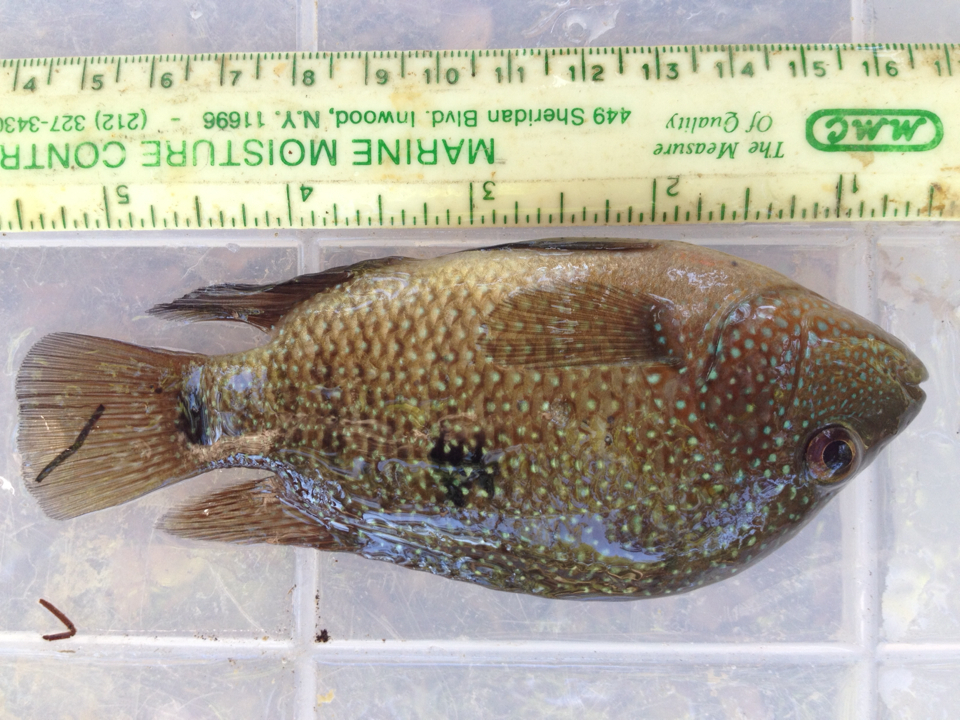



Herichthys Media Encyclopedia Of Life



Rio Grande Perch Texas River Bum
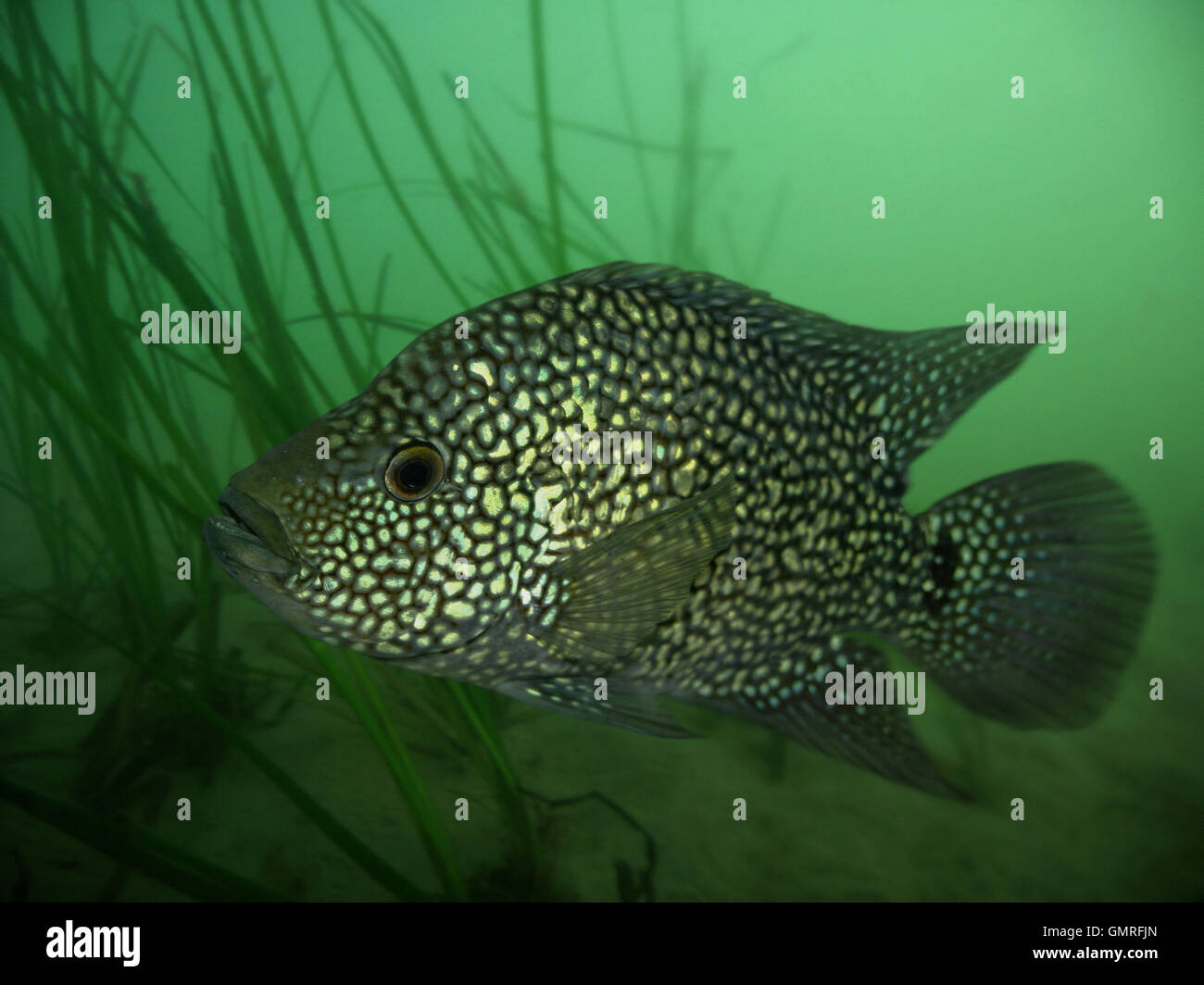



Rio Grande Cichlid Herichthys Cyanoguttatus Stock Photo Alamy




The Rio Grande Cichlid Is A Texas Parks And Wildlife Facebook




Rio Grande Cichlid Herichthys Cyanoguttatus Perciformes Cichlidae
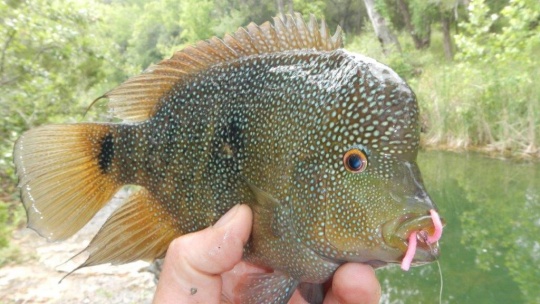



Sam Godfrey S Fly Fishing Photo Of A Rio Grande Cichlid Texas Cichlid Fly Dreamers
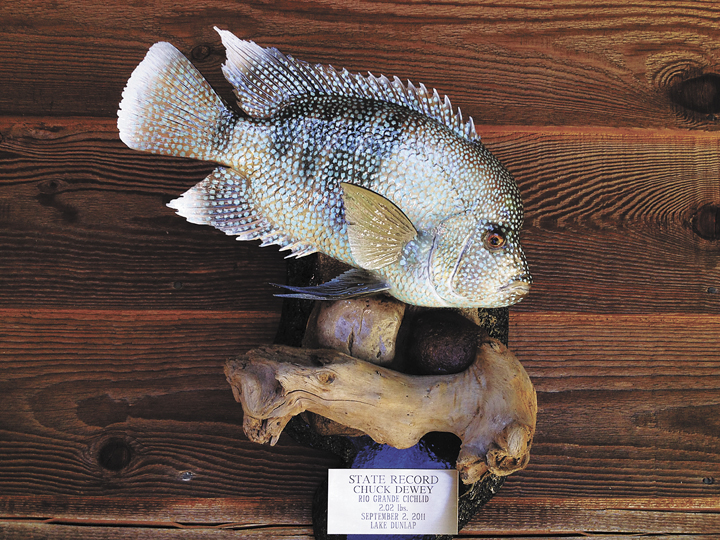



Record Breaker Lake Dunlap Cichlid Officially Certified As World S Largest Catch News Herald Zeitung Com
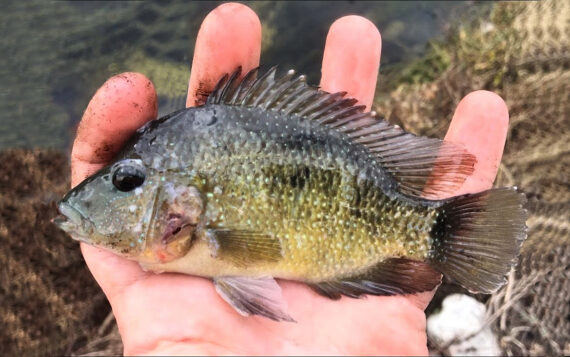



Rio Grande Cichlid Mexico Fish Birds Crabs Marine Life Shells And Terrestrial Life



Rio Grande Cichlid Archives Upstream On The Fly Reports




Rio Grande Cichlid Mexico Fish Birds Crabs Marine Life Shells And Terrestrial Life




Rio Grande Cichlid On The Fly Herichthys Cyanoguttatus Flickr
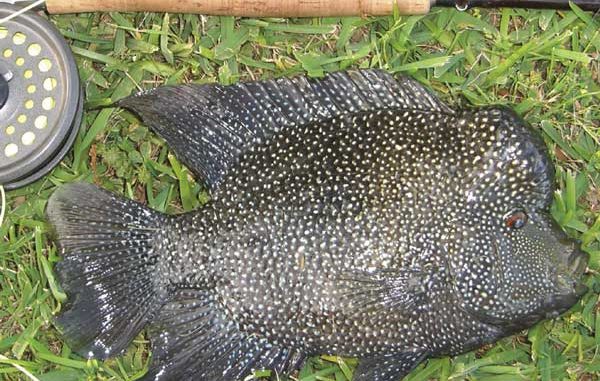



Grande Action Awaits Big Easy Angler




Rio Grande Cichlid Mexico Fish Birds Crabs Marine Life Shells And Terrestrial Life




Invaded Caught My First Rio Grande Cichlid In City Park New Orleans Louisiana Youtube



1




Featured Species Rio Grande Cichlid Herichthys Cyanoguttatus
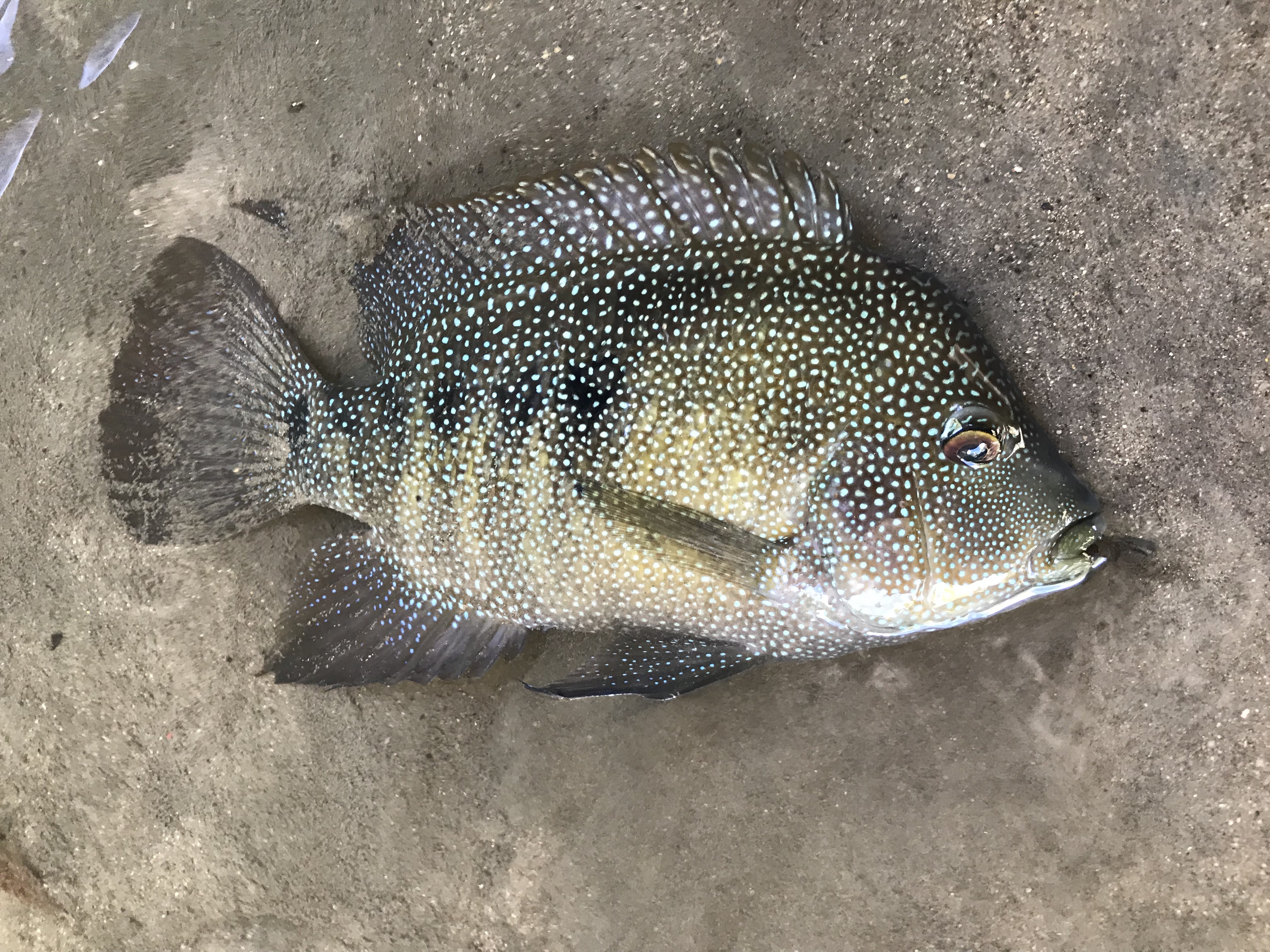



Species 107 Rio Grande Cichlid Caughtovgard




Rio Grande Cichlid Also Known As Texas Perch I Catch This All The Time In Texas Rivers Freshwater Fishing Fish Pet Cichlids
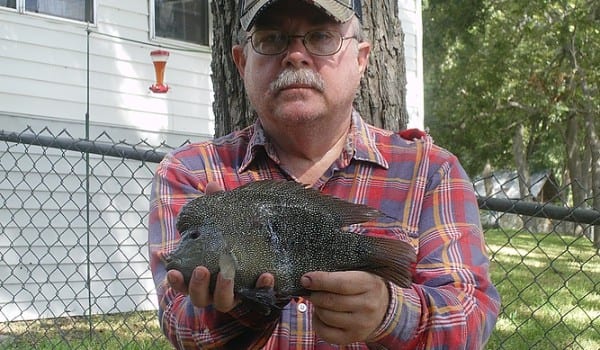



2 02 Pound Lake Dunlap Rio Grande Cichlid Certified As World Record




Customer Login Log In Not Registered Yet Register Now It Is Easy And Done In 1 Minute And Gives You Access To Special Discounts And Much More Landbigfish Com Fishing Tackle Marketplace Call Toll Free 1 877 347 4718 Available Mon Fri 9am



Rio Grande Perch Cichlid Texaskayakfisherman Com
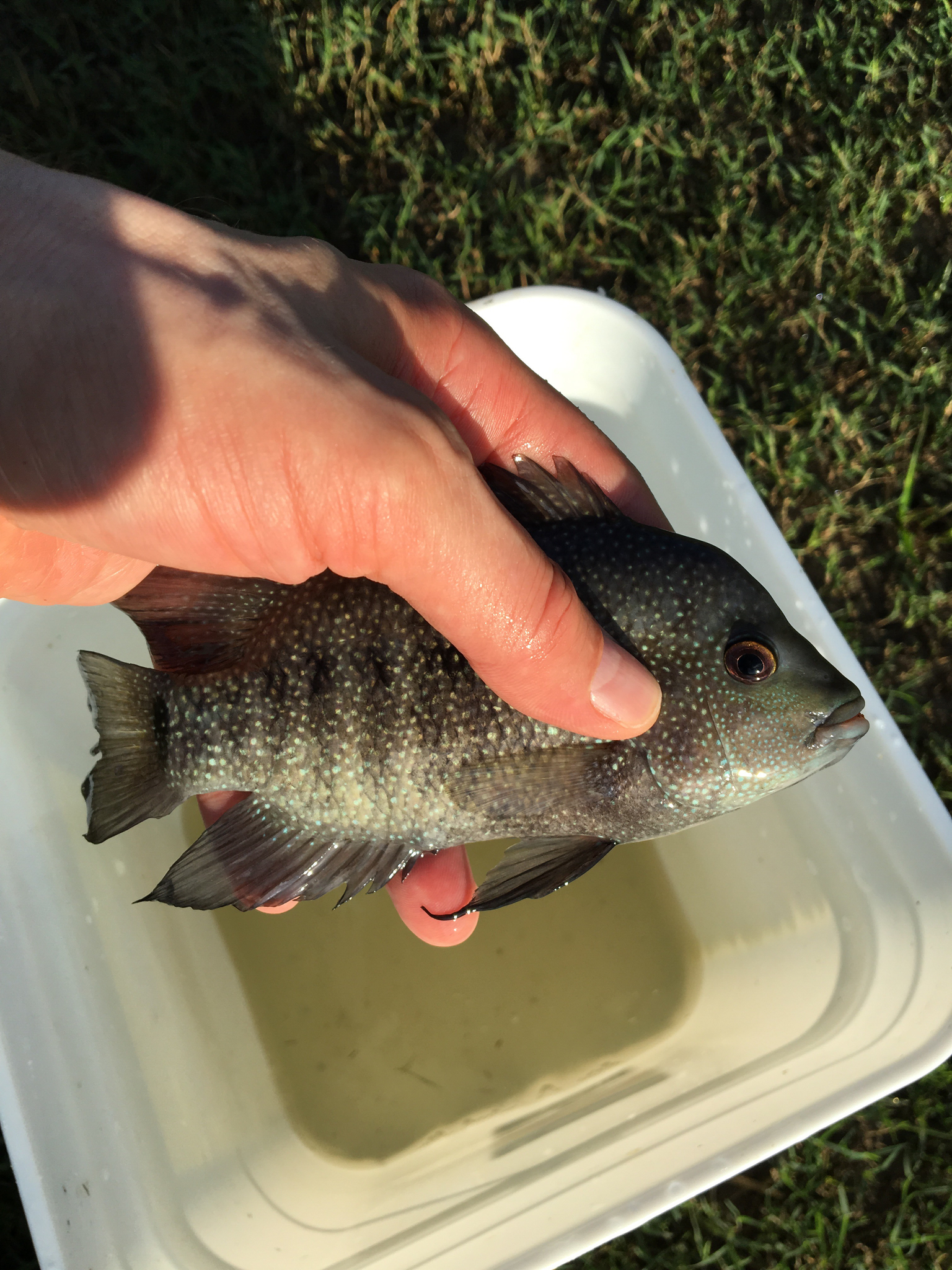



Rio Grande Cichlid Media Encyclopedia Of Life
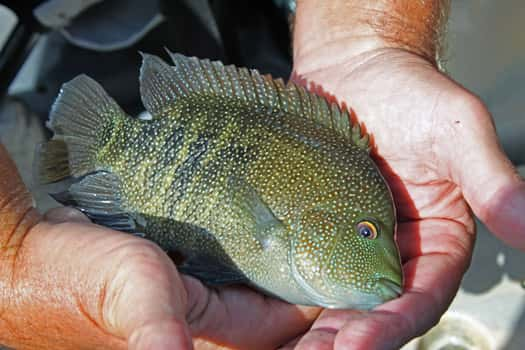



In Search Of The Rio Grande Cichlid Brownwood News
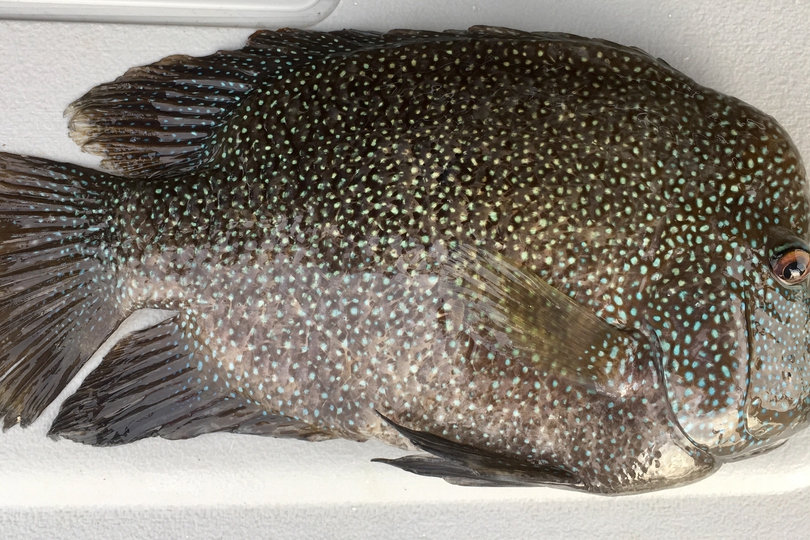



The Rio Grande Cichlid Whats That Fish




File Rio Grande Cichlid Heirichthys Cyanogutatum Jpg Wikimedia Commons
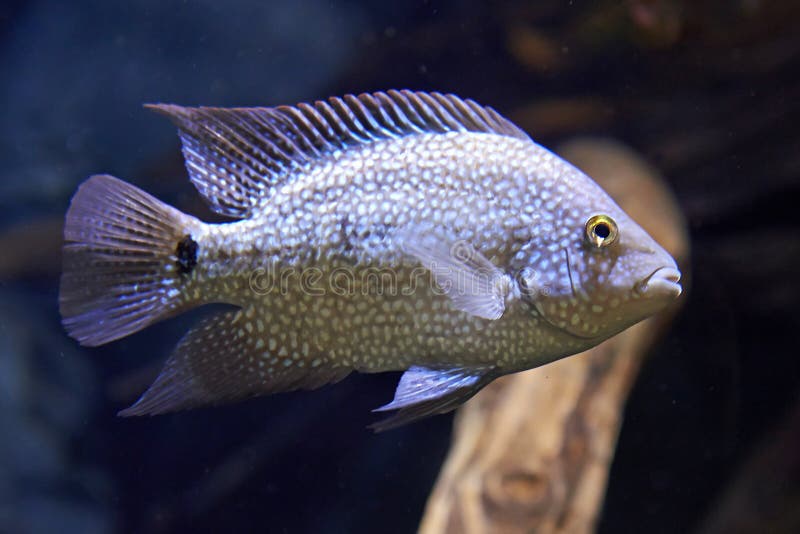



Rio Grande Cichlid Photos Free Royalty Free Stock Photos From Dreamstime




Texas Cichlid Rio Grande Cichlid Tropical Freshwater Cichlasoma Cyanoguttatum Stock Photo Picture And Rights Managed Image Pic Mev Agefotostock
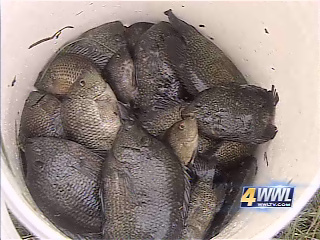



Rio Grande Cichlid Herichthys Cyanoguttatus Collection Record
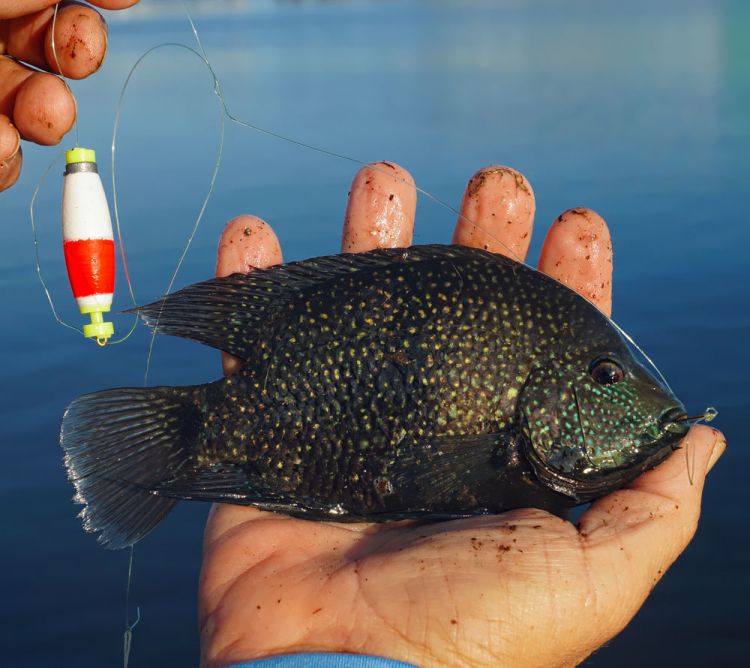



Be On The Lookout For Rio Grande Cichlids



Rio Grande Cichlid Imagine Holding The Milky Way Galaxy In Your Hand Flyfishing




File Rio Grande Cichlid Heirichthys Cyanogutatum Jpg Wikimedia Commons
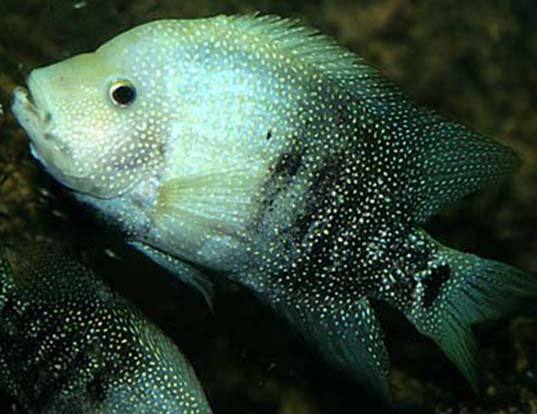



Rio Grande Cichlid Life Expectancy



The Online Zoo Texas Cichlid




Texas Cichlid Rio Grande Cichlid Care Size Breeding Tank Mates Details




Featured Species Rio Grande Cichlid Herichthys Cyanoguttatus
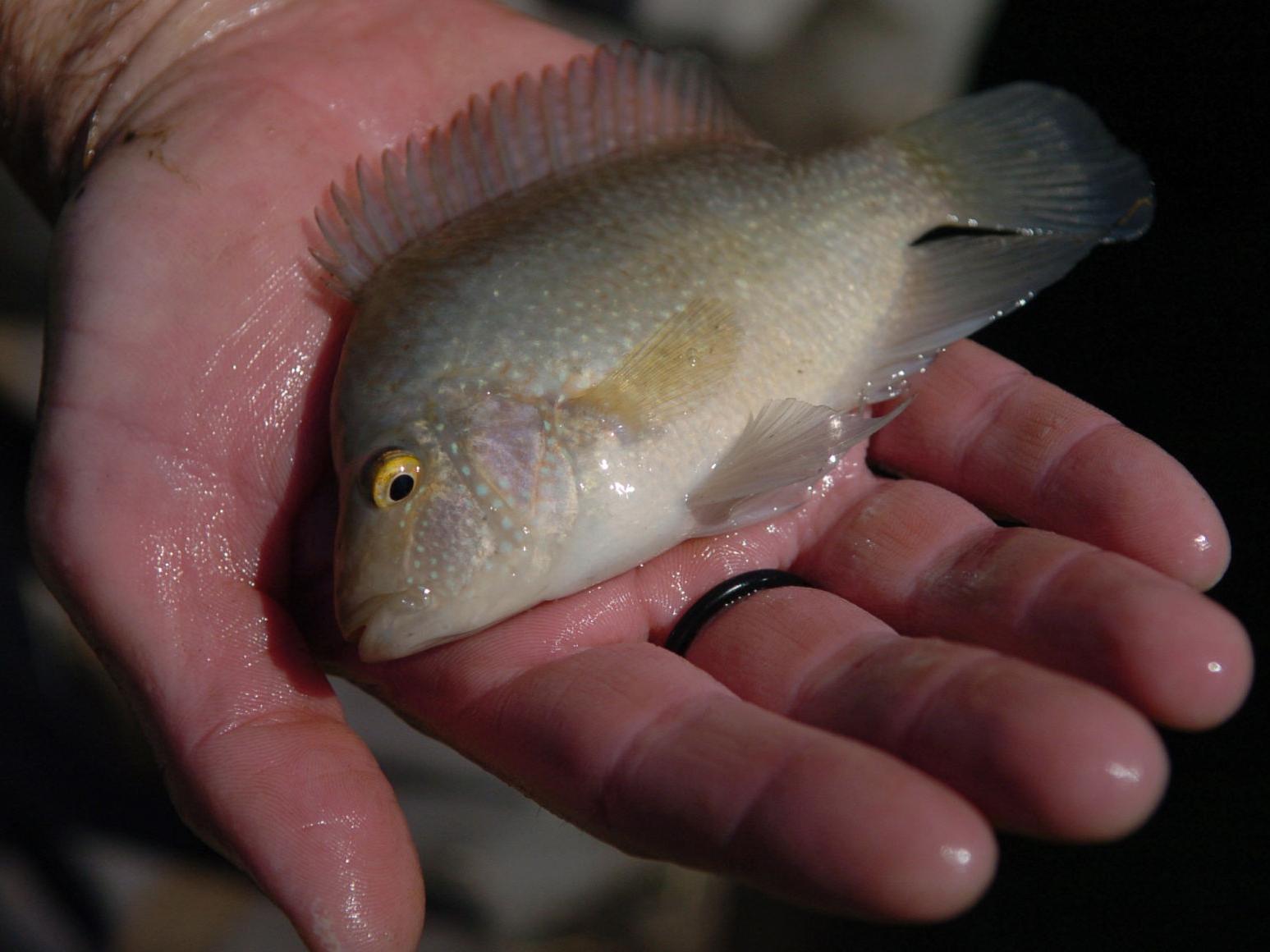



Rio Grande Perch Category Born Out Of Hurricane Katrina Sports Theadvocate Com
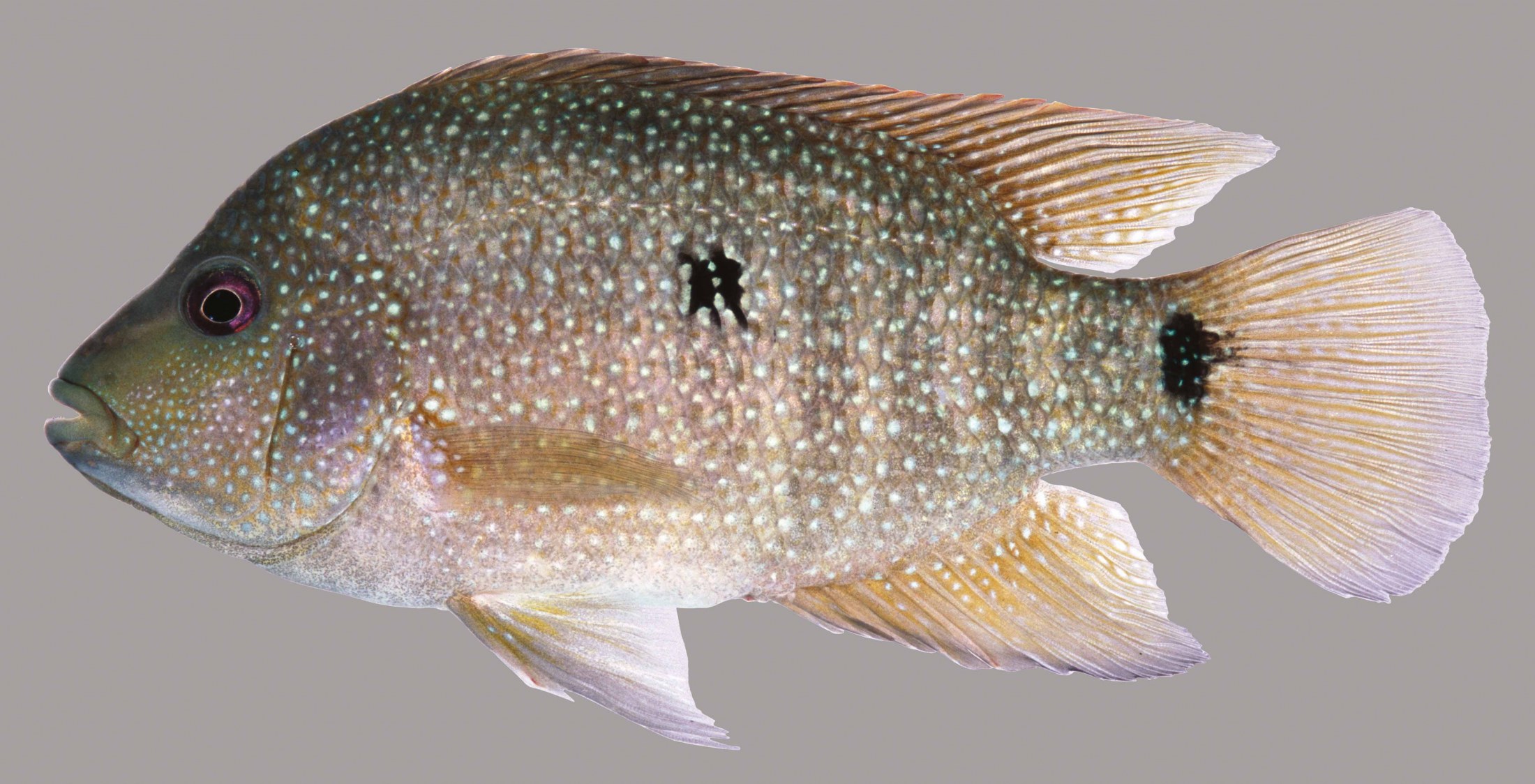



Rio Grande Cichlid Discover Fishes
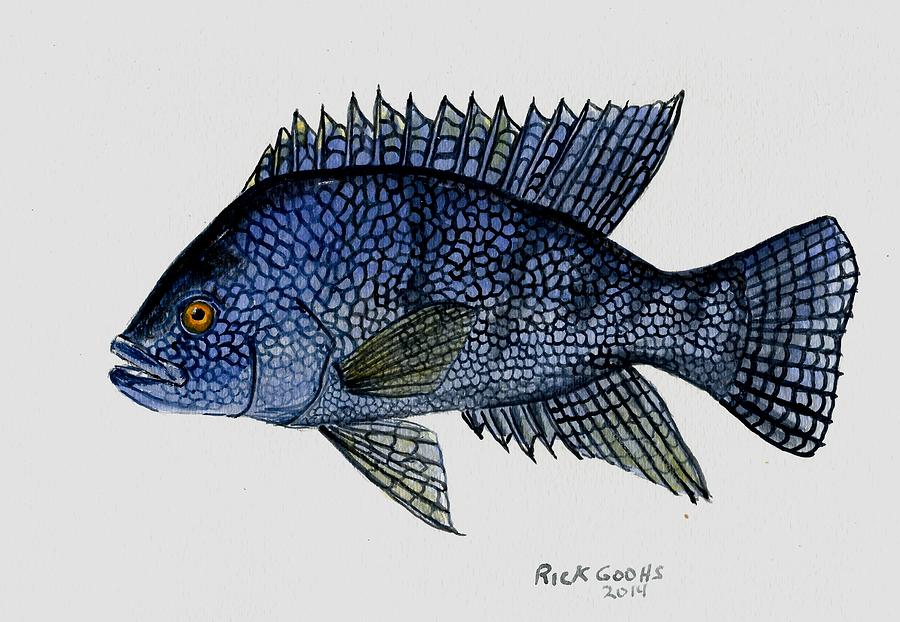



Rio Grande Perch Painting By Richard Goohs




Dr Ryan S King Rio Grande Cichlid Herichthys Cyanoguttatus The Only Cichlid Native To Us Fun On A Flyrod Adult Males A Juvie Texas Flyfishing T Co V9sahzd0mz




Fish Spotlight Rio Grande Cichlid




File Rio Grande Cichlid Heirichthys Cyanogutatum Jpg Wikimedia Commons




Rio Grande Cichlid Mexico Fish Birds Crabs Marine Life Shells And Terrestrial Life




Rio Grande Cichlid Herichthys Cyanoguttatus Perciformes Cichlidae
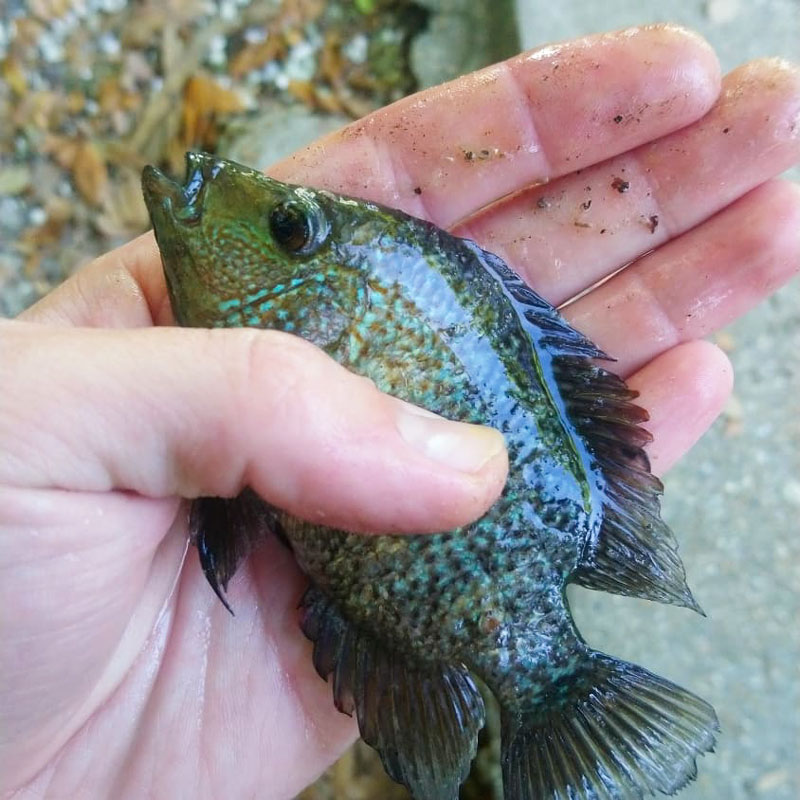



Rio Grande Cichlid Louisiana Sportsman
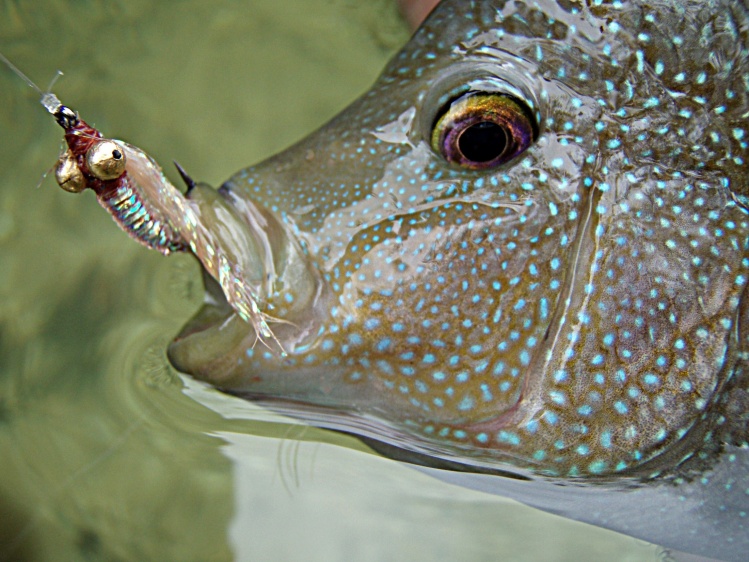



Sam Godfrey S Fly Fishing Catch Of A Rio Grande Cichlid Texas Cichlid Fly Dreamers
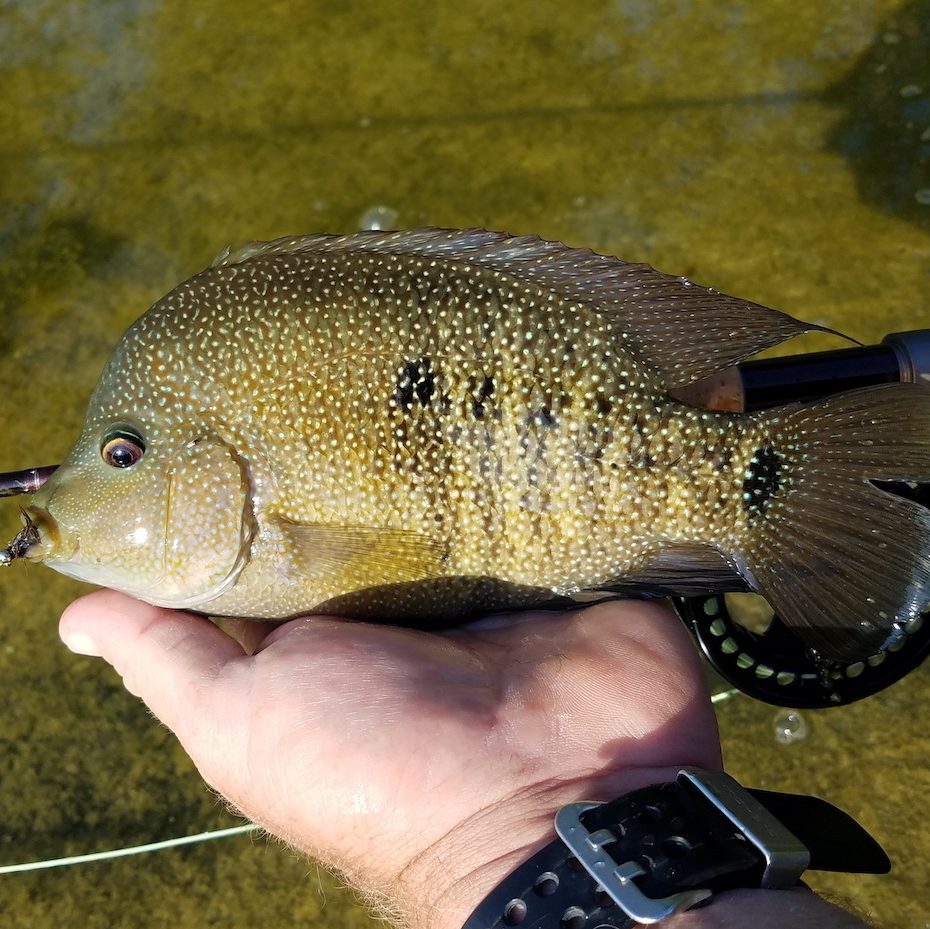



Ffa Rio Grande Cichlid E Tlm
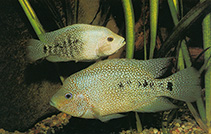



Herichthys Cyanoguttatus Rio Grande Cichlid Aquarium




Featured Species Rio Grande Cichlid Herichthys Cyanoguttatus




Shorefishes The Fishes Species
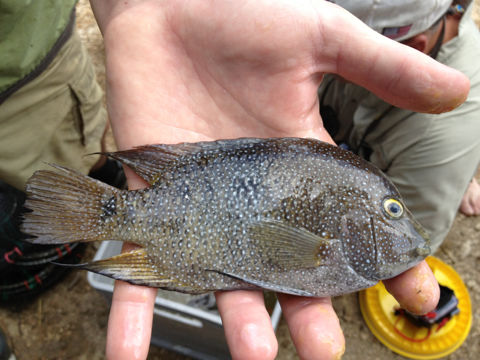



Encyclopedia Of Life




Rio Grande Cichlid J L Allred Flickr




Rio Grande Cichlid Images Stock Photos Vectors Shutterstock




Featured Species Rio Grande Cichlid Herichthys Cyanoguttatus




San Antonio Area Man Scores World Record Fish In Lake Near New Braunfels




Dr Ryan S King Rio Grande Cichlid Herichthys Cyanoguttatus The Only Cichlid Native To Us Fun On A Flyrod Adult Males A Juvie Texas Flyfishing T Co V9sahzd0mz



1
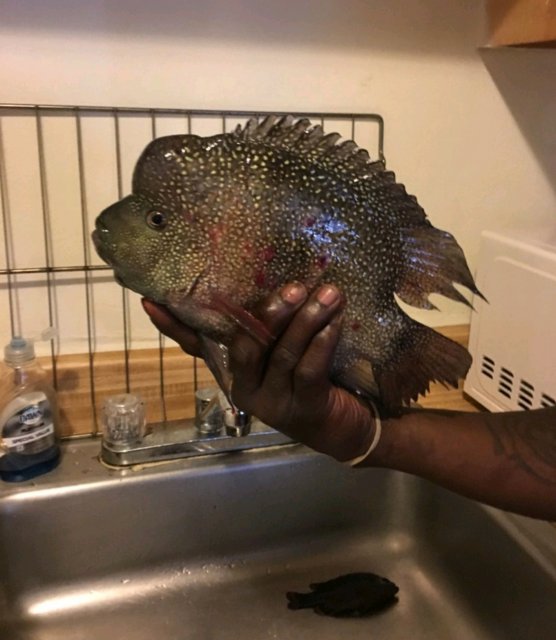



Texas Rio Grande Cichlid Monsterfishkeepers Com
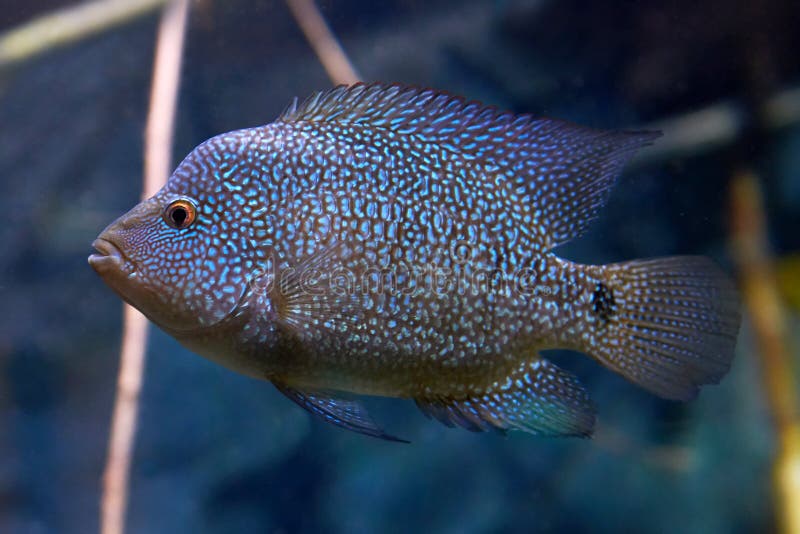



Rio Grande Cichlid Photos Free Royalty Free Stock Photos From Dreamstime
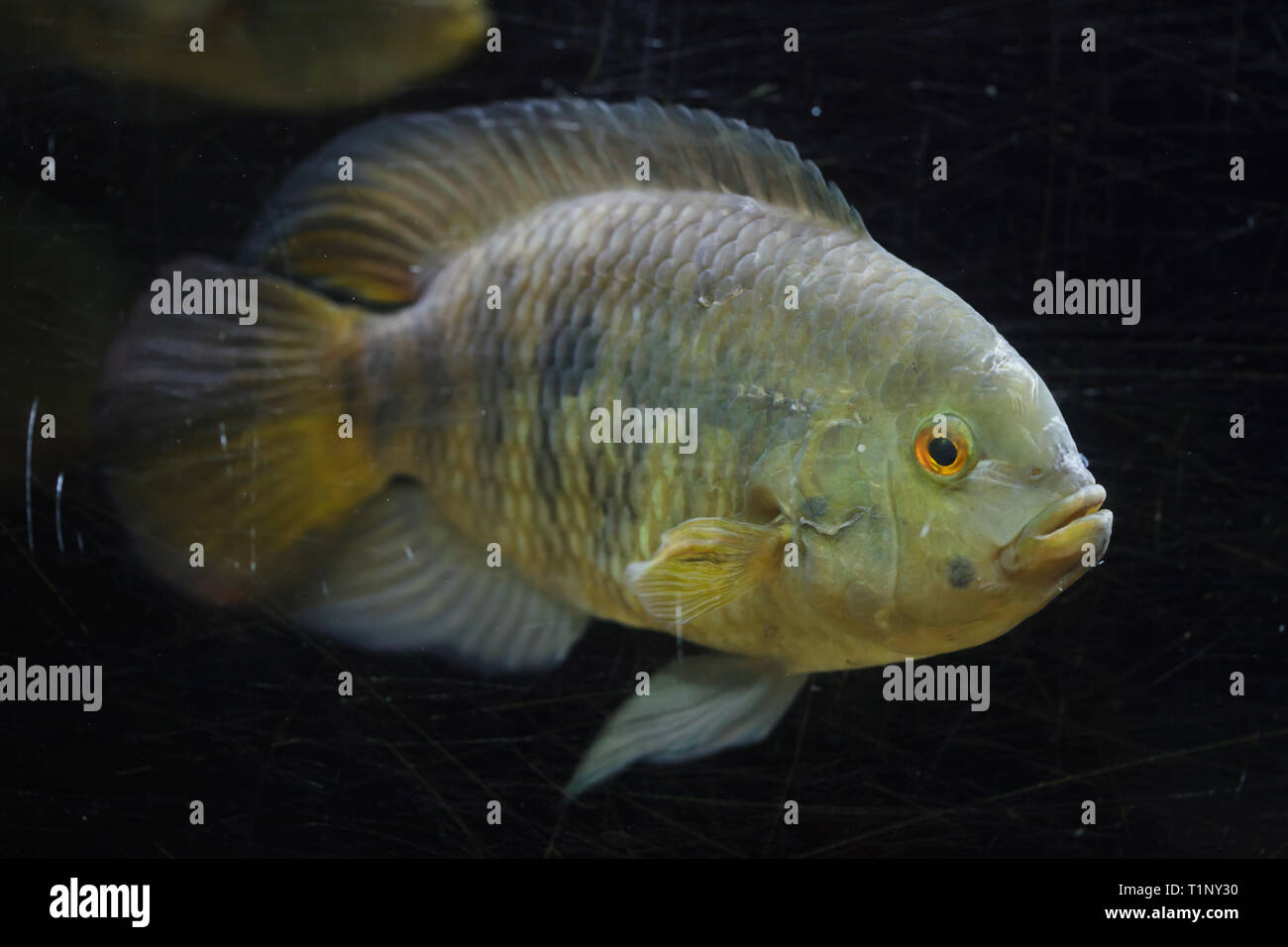



Rio Grande Cichlid High Resolution Stock Photography And Images Alamy



2




Texas Cichlid Herichthys Cyanoguttatus Species Tropical Fish Hobbyist Magazine
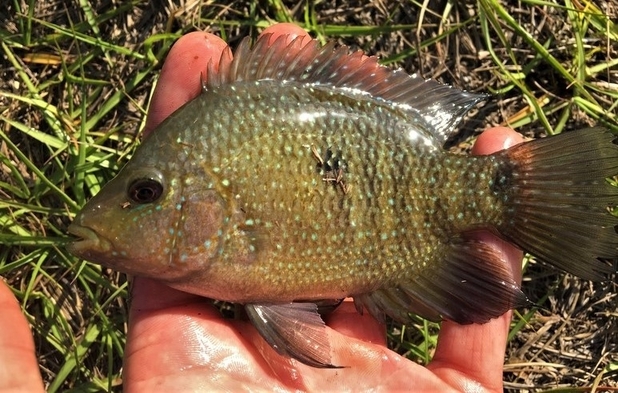



Rio Grande Cichlid Herichthys Cyanoguttatus Species Profile




Fish Spotlight Rio Grande Cichlid




Rio Grande Cichlid At The Audubon Aquarium Of The Americas Smithsonian Photo Contest Smithsonian Magazine




Texas Cichlid Rio Grande Cichlid Care Size Breeding Tank Mates Details



Rio Grande Cichlid Cichlasoma Cyanoguttatum
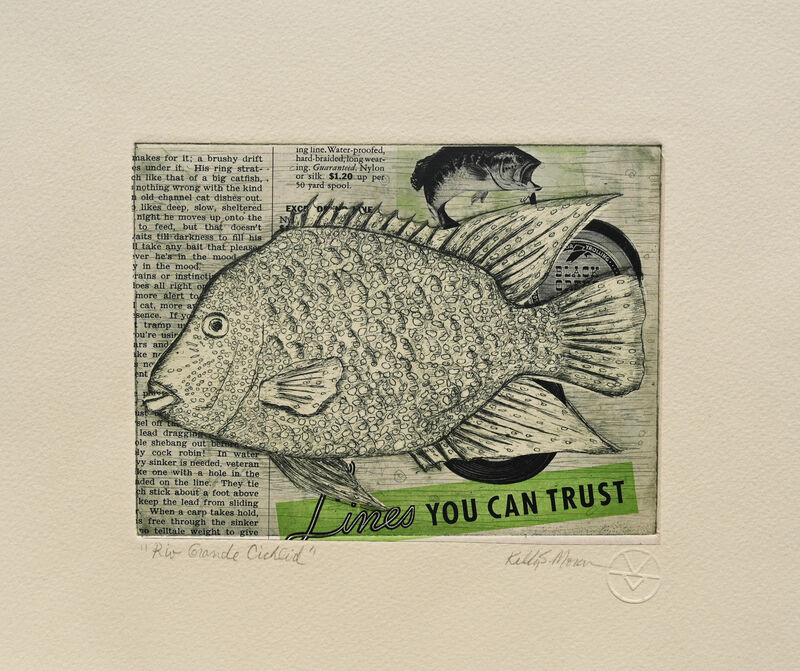



Kelly Moran Rio Grande Cichlid 19 Available For Sale Artsy




Fishing For World Record Trophy Texas Rio Grand Cichlids World Record Caught And Released Youtube



Caught My First Rio Grande Cichlid This Past Weekend Flyfishing
:max_bytes(150000):strip_icc()/GettyImages-98193530-58406d853df78c0230320670.jpg)



Texas Cichlid Rio Grande Perch Fish Species Profile




Rio Grande Cichlid Rio Grande Cichlid




Cichlid Rio Grande Herichthys Cyanoguttatus Welcome To The Taxidermy Net Forum And Community




Living Waters Fly Fishing Here S A Bruiser Rio Grande Cichlid From A Brushy Creek Guided Trip This Morning This One Put A Deep Bend In A Tenkara Usa Sato Facebook


